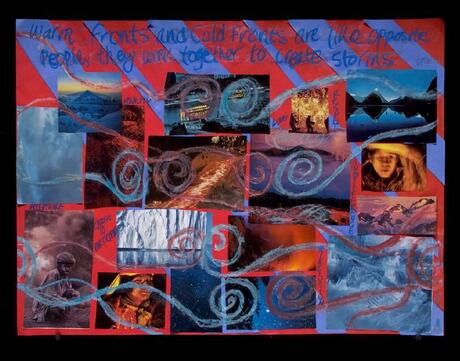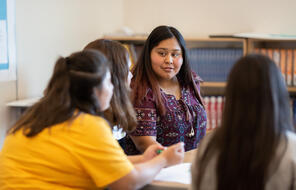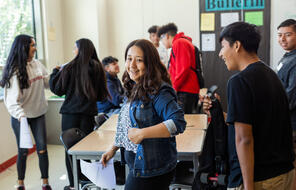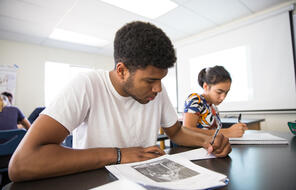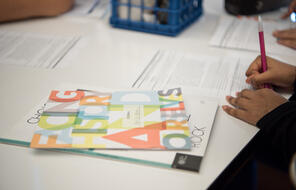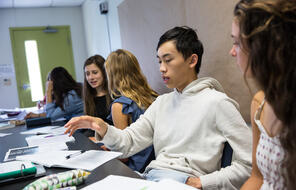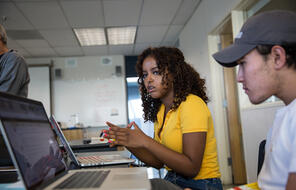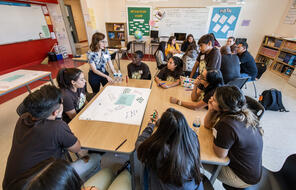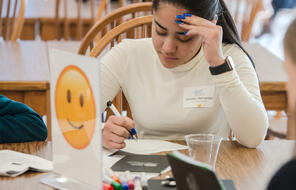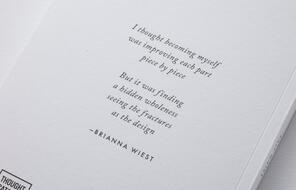Overview
What Is the Color, Symbol, Image Strategy?
This strategy invites students to reflect on ideas in nonverbal ways and encourages them to think metaphorically. Students first focus on something they’ve just read and think about the most important theme, idea, or emotion that surfaced for them. Then they reflect on how they can communicate the essence of what they’ve read using a color, a symbol, and an image. Use this strategy to vary the ways you invite students to respond to ideas in order to appeal to the strengths of a variety of thinking and learning styles.
Lesson Plans
How to Use the Color, Symbol, Image Strategy

Inspiration, insights, & ways to get involved
Subscribe to our email updates

